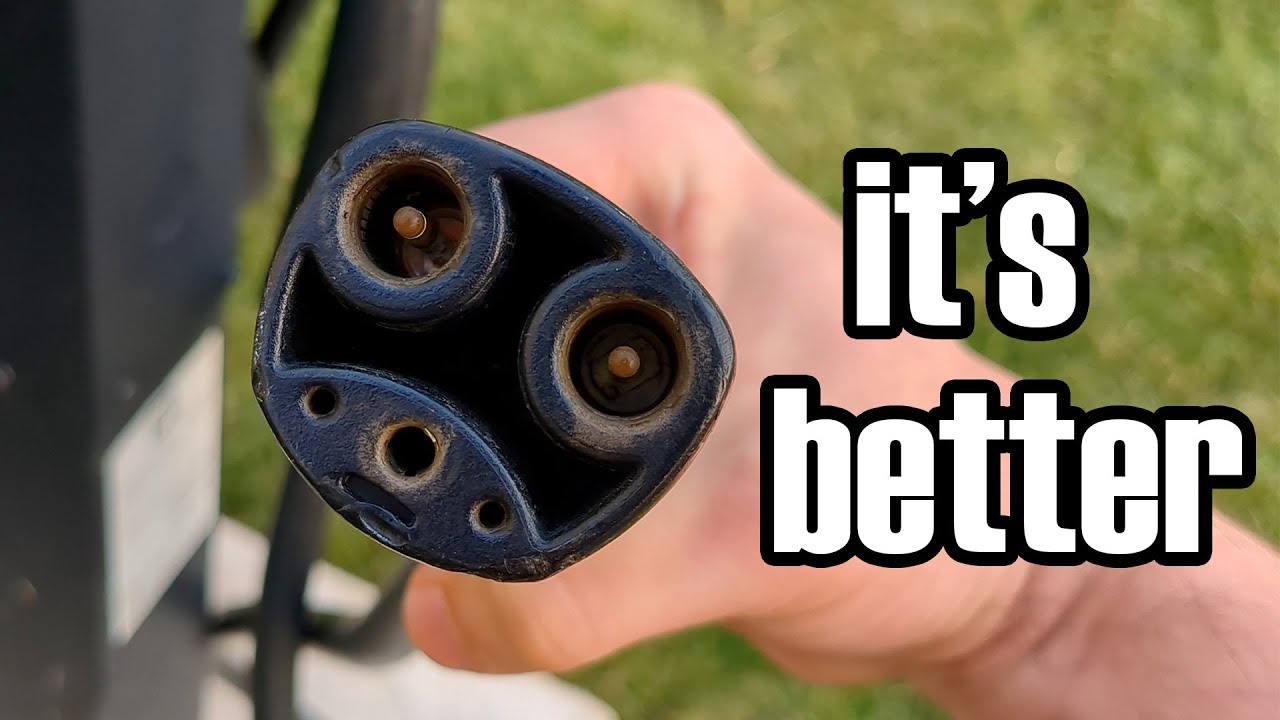With Tesla opening up its previously proprietary charging standard and connector system, now renamed the “North American Charging Standard” (NACS), now being standardised as SAE J3400, there appears to be a preference cascade in its favour, with Ford, General Motors, Mercedes-Benz, Nissan, Rivian, and Volvo so far announcing that starting in 2025 they will equip their vehicles with compatible ports. This has been at the expense of the Combined Charging System (CCS), which had previously been adopted by most non-Tesla manufacturers of electric vehicles. Tesla has agreed to make their signaling protocol compatible with CCS, allowing all vehicles to use both the Tesla charging network and public chargers previously supporting CCS. Simple adapters for both directions will allow transition during the change-over period. Whether this will affect only North America, which may end up, once again, with a standard incompatible with the rest of the world, or spread worldwide has yet to be determined.
Also up in the air is what payment model will win out for public fast charging stations. Tesla has been using a “plug and go” system where the vehicle identifies itself to the charger, which bills the owner’s account, while CCS chargers use mix of (usually awful) app-based payment systems, credit card terminals, and other schemes. While “plug and go” may be convenient, will non-Tesla-fans put up with a system that keeps track of where they charged their car, doesn’t allow somebody who borrows your car to pay for charges on the road, precludes payment in cash, and requires signing up for an account linked to your name and address just to fill up your electron tank?
Also unresolved is the ability to use a vehicle’s battery as an auxiliary power source, for example to provide back-up power in case of grid outages and as a capacity buffer for private solar and wind power systems. Some CCS-equipped vehicles have this capability as a non-standard extension, but Tesla has, so far, not provided it with their charging system, perhaps because it would compete with their Powerwall energy storage product line.
